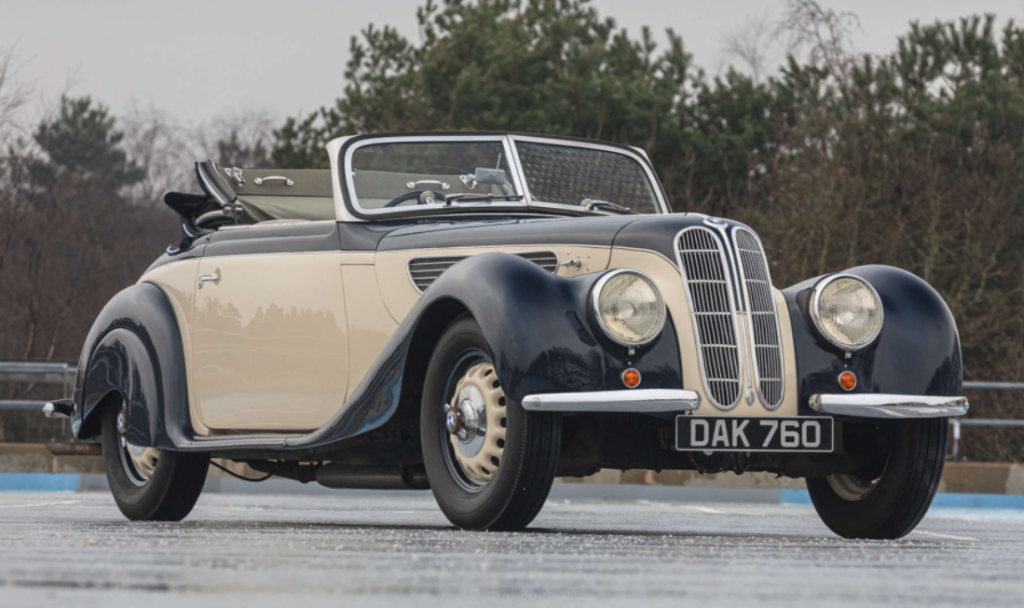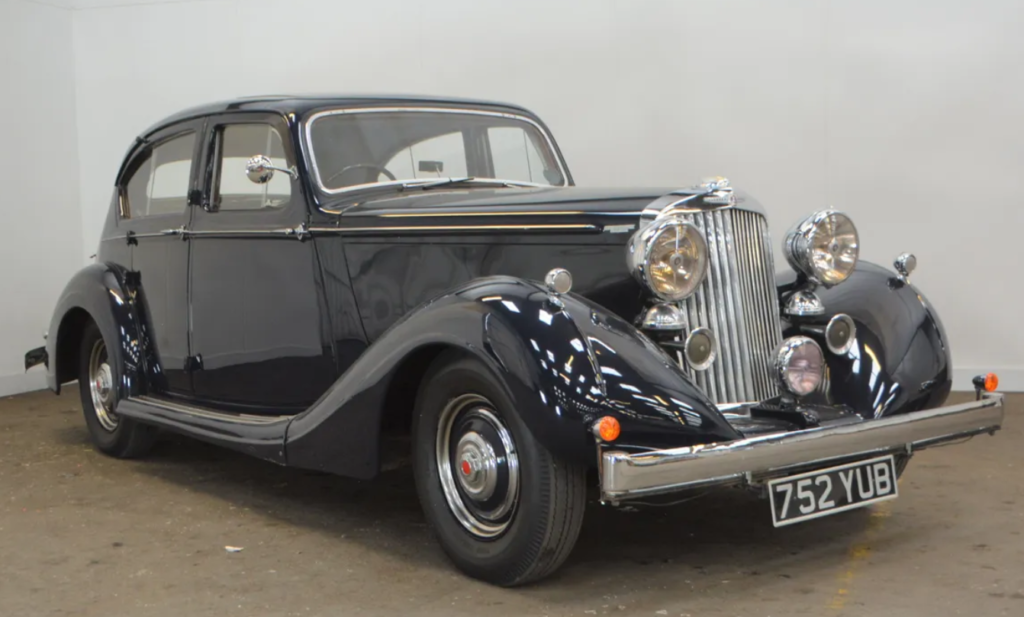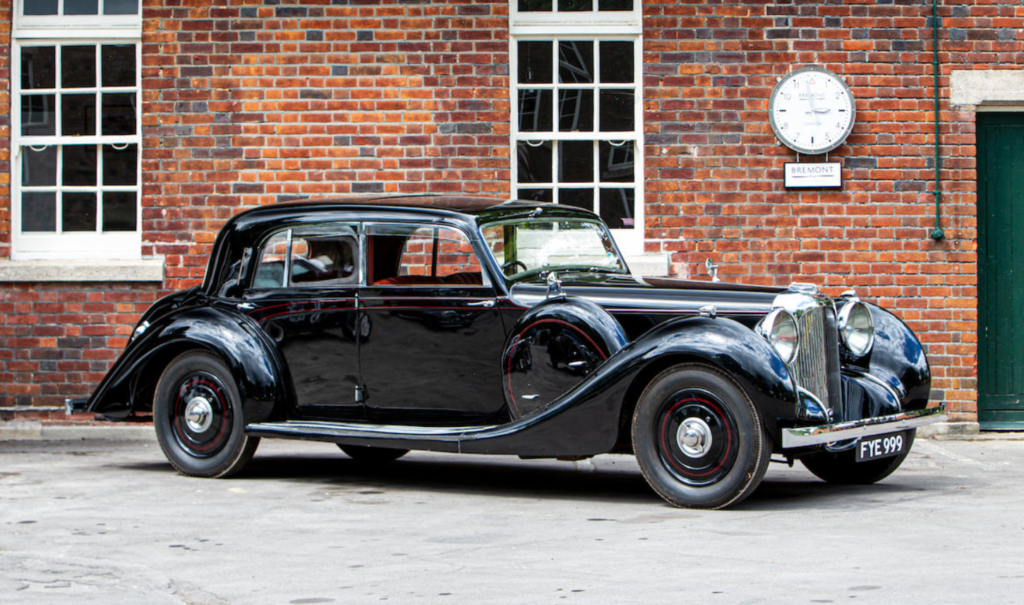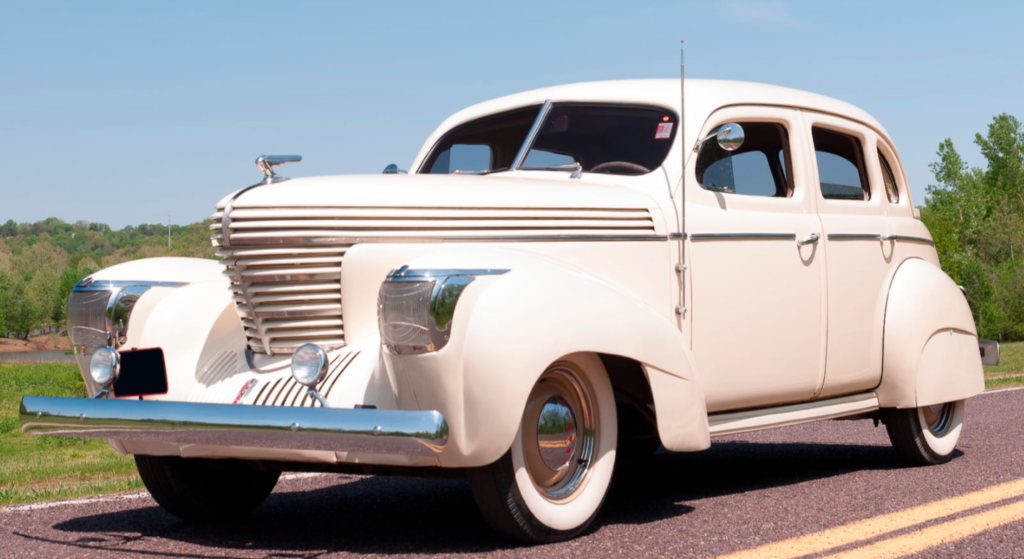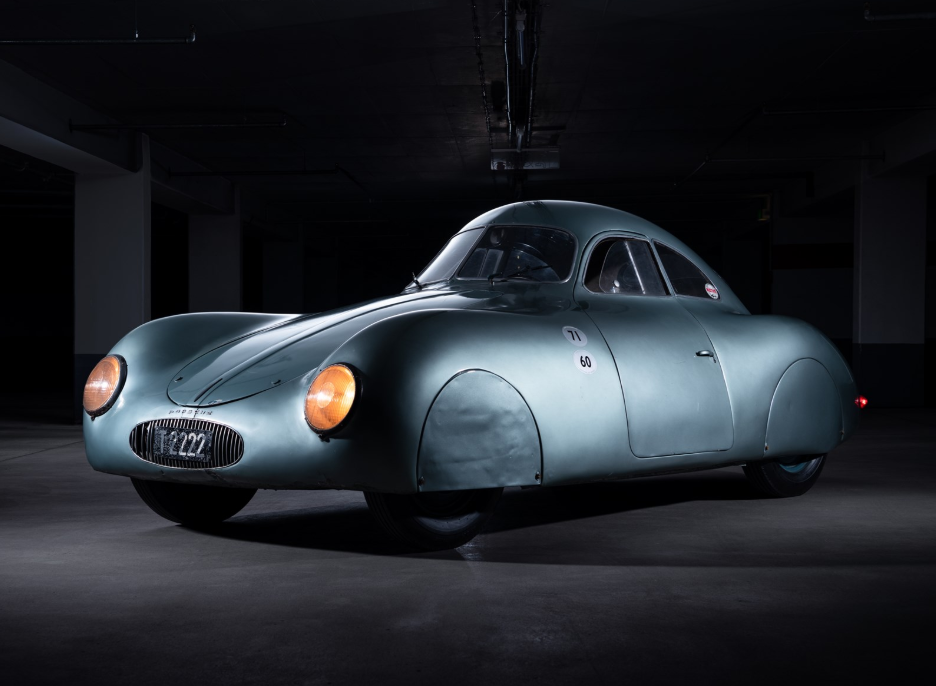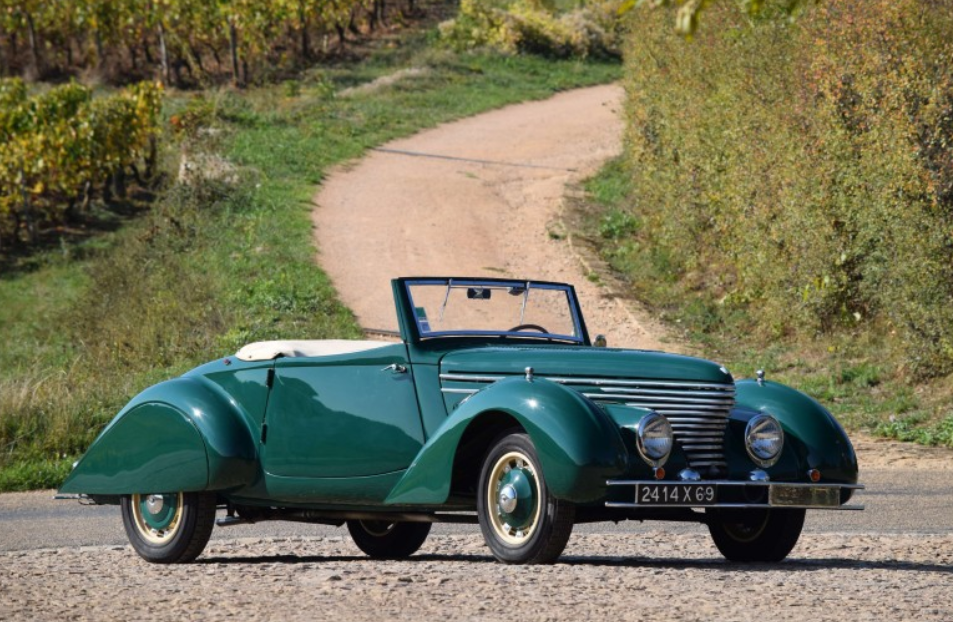1939 Bugatti Type 57C Aravis Special Cabriolet by Gangloff
Offered by RM Sotheby’s | Monterey, California | August 19-20, 2022

Among the most valuable Bugattis – and pre-war cars in general – are variations of the Bugatti Type 57. This particular car is a rare version called the Aravis Special Cabriolet with coachwork by Gangloff, who were also responsible for the Stelvios.
This is a Type 57C, which indicates a racing chassis powered by a supercharged 3.3-liter inline-eight capable of 160 horsepower. This car is one of three Gangloff-bodied Aravis cars in existence, of what is thought to be six built (in addition to six from Letourneur et Marchand). Only two of the remaining three were factory-supercharged examples, with this being one of them.
In 1959, the coachbuilder Graber was hired to put a fixed roof on the car, a configuration it was rescued from after being purchased by its current owner in 1993. It has a replacement engine, but of the correct type. You can read more about it here.
Update: Sold $1,545,000.

